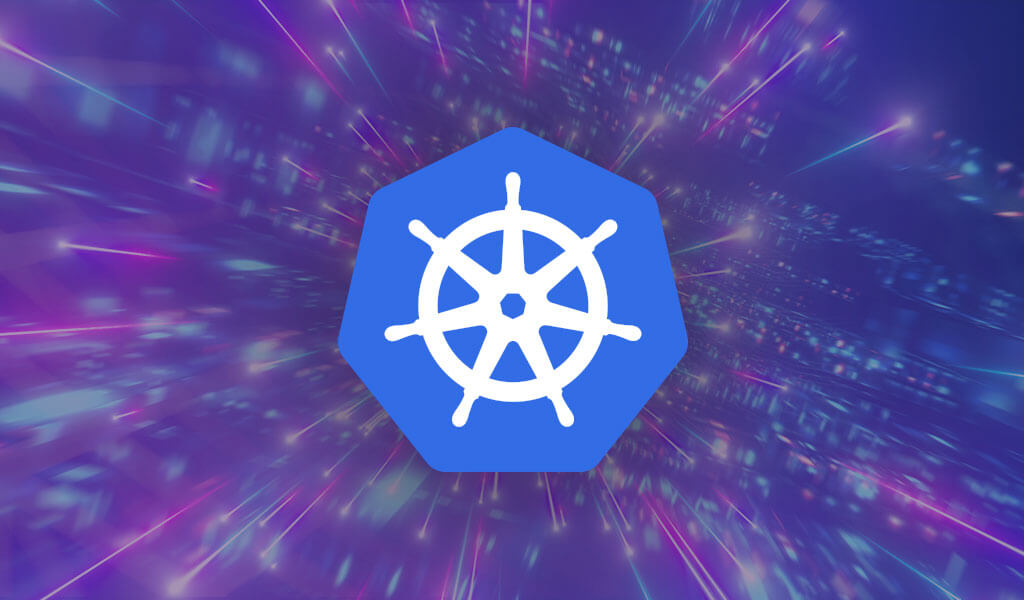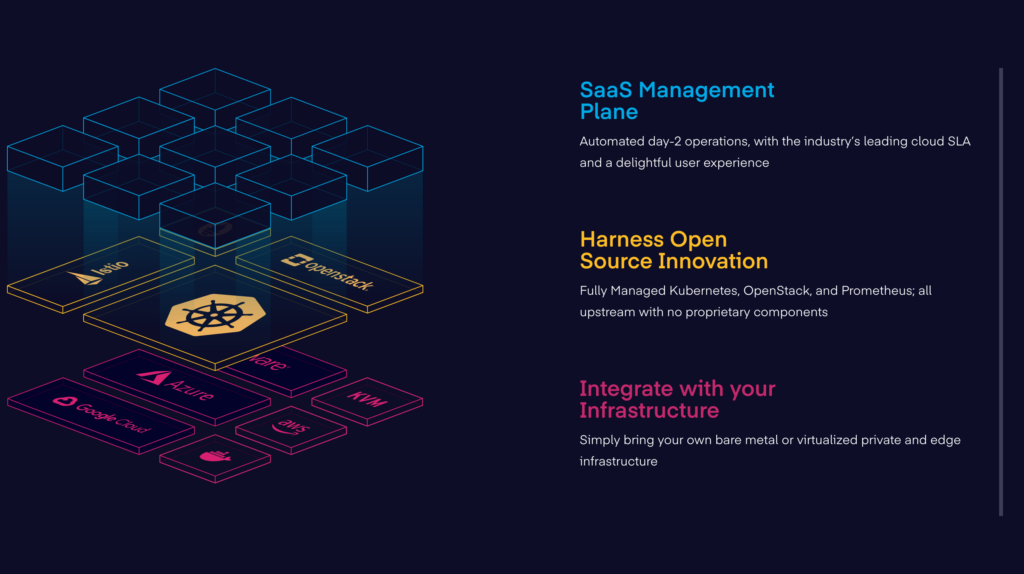Kubernetes: Do It Yourself (DIY) or Do IT Together (DOT)?
The journey to business agility must travel the road of agile execution. It may be tempting to look at existing software infrastructure and declare it “good enough” for needed business results – but staying the course (i.e. doing nothing) often only compounds existing business problems. Trying a “do it yourself” approach to implement new open-source […]












